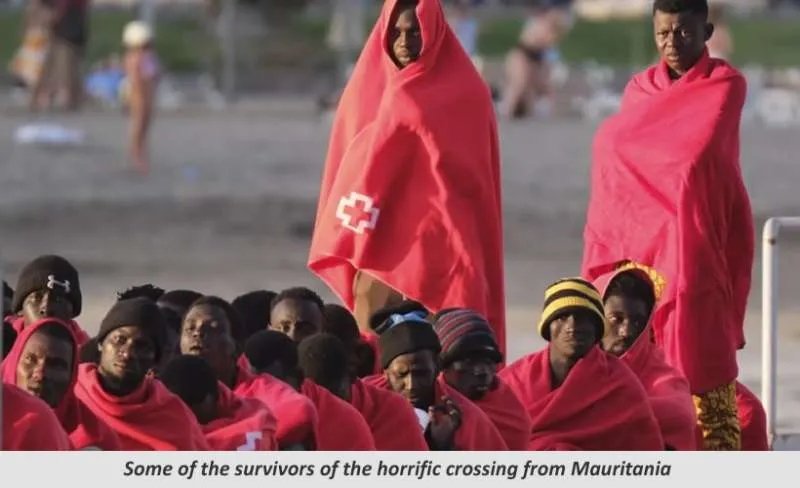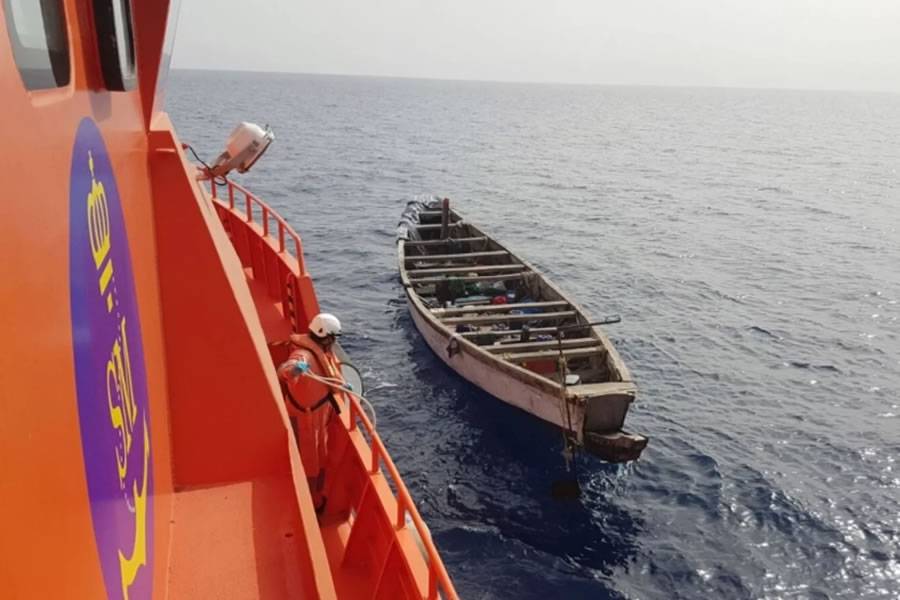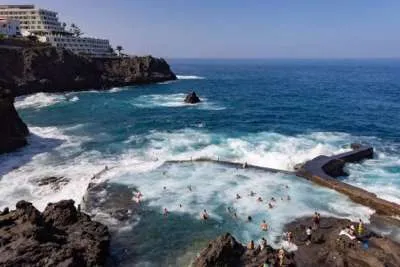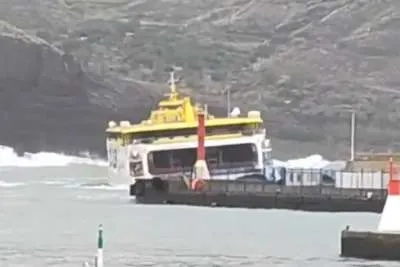50 people die in one boat trying to get to the Canary Islands
- 09-06-2024
- National
- Maritime Rescue
- Photo Credit: Gobcan
The recent surge of immigrants arriving in the Canary Islands in boats this week has served as a grim reminder to both the Canaries and Europe, that the Atlantic Ocean remains the most dangerous migration route in the world. Thursday was particularly frantic for emergency and rescue services, as they dealt with six cayucos and an inflatable boat carrying a total of 677 migrants, including 26 minors.
Tragically, one person died in El Hierro Hospital, twelve are believed to have perished during the journey, and five, including a newborn baby, were evacuated by helicopter.
Identified only as "Immigrant number 119 R3", the tombstone will mark the resting place of a 24-year-old man who died shortly after being admitted to the hospital.
His death has shed light on the plight of others who didn't make it: starvation and high levels of sodium in their bodies from drinking seawater to quench their thirst ultimately led to their demise.
Fifty people died on 1,100 kilometre crossing:
The occupants of the boat had departed from Nouakchott, the capital of Mauritania, 13 days earlier—around the week of May 25th. The journey from there to El Hierro spans approximately 1,100 kilometres and typically takes about seven days, the time frame within which the migrants plan their provisions of food, water, and fuel. However, this group spent ten harrowing days adrift in the Atlantic.
Why? Survivors recounted that their motor failed on the third day, leaving them at the mercy of the currents and wind. Initially, the cayuco was packed with between 110 and 120 people, including women and children, though accounts remain unclear. This implies that around 40 to 50 people perished during the voyage, with only 67 surviving.

As told to the medical personnel, the deceased had to be thrown overboard as they succumbed one by one. Emergency services in El Hierro reported to EFE that many survivors spent their first hours on land weeping, overwhelmed by the traumatic experience they endured.
Ongoing Investigations:
The organisation Caminando Fronteras is currently reviewing alerts received from families about cayucos that departed for the Canary Islands from Mauritania around May 25th-26th. So far, they have information on one boat that left with 95 occupants, but it has yet to be confirmed if it is the same vessel, according to a spokesperson from the group.
The tragedy highlights the desperate circumstances and extreme risks people take attempting to reach Europe via the Canary Route, a journey fraught with danger and often resulting in heartbreaking losses.
Other articles that may interest you...
Trending
Most Read Articles
Featured Videos
A Vision of Elvis Tenerife Promo
- 10-05-2025
TEAs 2025 Highlights
- 17-11-2025

























































